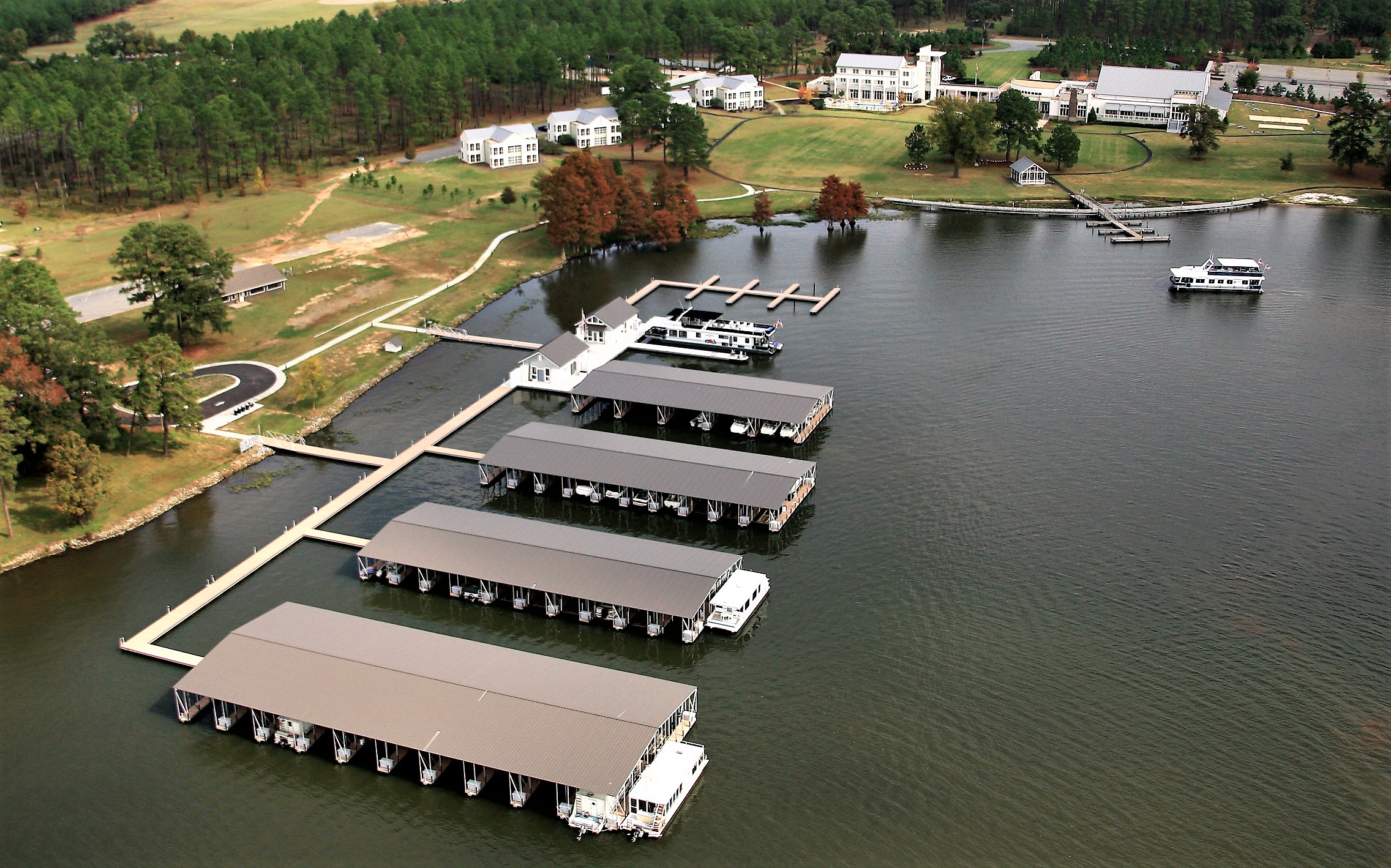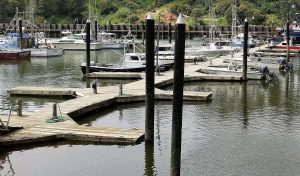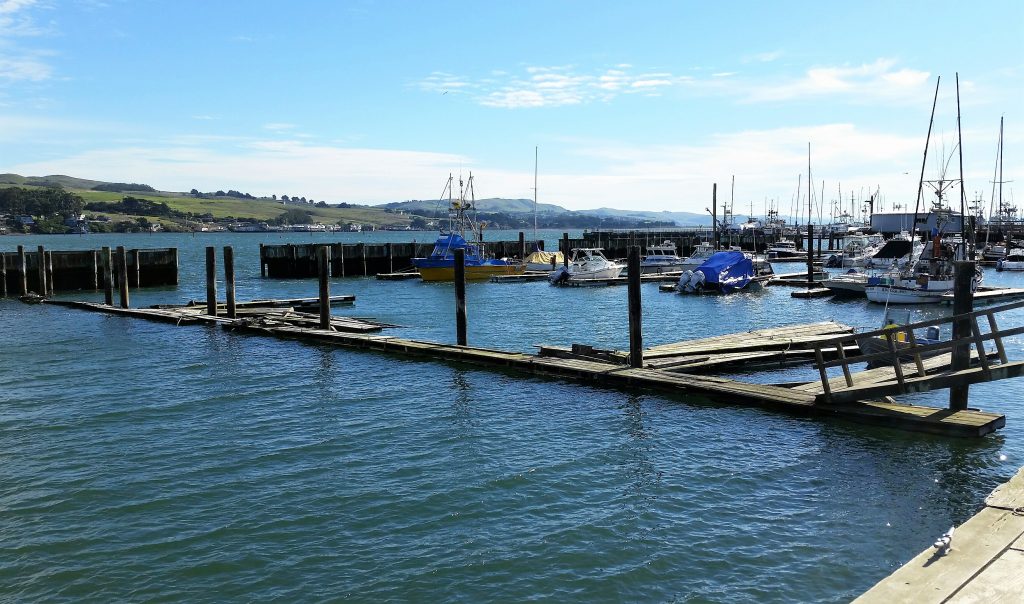
Planning, Designing and Paying for Capital Improvement Projects
Published on August 26, 2019Capital improvement projects in the marine industry are rarely the same in scope and/or desired objectives, so cookie-cutter solutions rarely produce the best project improvements and economic results. One common factor that all capital improvement projects do share however, is that they all cost a lot of money, and when hundreds of thousands of dollars in costs and potentially millions in revenues are at stake, miscalculations and overlooked factors can be very costly.
Savvy marina operators know when their docks and facilities have reached the age of diminishing returns. Old, deteriorating docks not only show their age, becoming unsightly, unstable, unsafe and often unmarketable, they also cost more and more money to maintain. The question isn’t so much when they have crossed the line, but whether or not a major renovation will pay back and how much over time.
Every project starts with a vision, but few have adequate financial resources readily available and the budget is usually smaller than the dreams. The mistake that is often made is that an operator will settle on an arbitrary budget for the project without considering all the factors, and a high estimate from a dock manufacturer or contractor is sometimes enough to convince them that they will never be able to afford a capital improvement. An arbitrary budget often limits the project benefits, and it’s important to keep that cost / benefit relationship in balance. As the example in the sidebar on the next page shows, poor planning, and a focus on costs alone, can easily lead to poor project results.
Return on Investment (ROI) is the key to all capital improvement projects. How much will it cost? Will it pay back over time, and how much? And how soon will it pay a return? Answering these questions will help answer the biggest question of all: “How do we pay for this?” But understanding and maximizing the potential ROI on a capital expenditure is not always an intuitive and easy process, and getting good answers requires some analysis and planning.
Project Planning Steps
1. Analyze the market environment with a comprehensive Comparative Market Analysis that will provide critical information to better define and adjust the project vision. Compare regional competitor rates, services and amenities to discover pitfalls and opportunities, and don’t be afraid of the details. The more a facility can learn about its competitors the more opportunity it will see. What size slips are in demand? What additional amenities will provide more value and ROI? Is there an opportunity to enhance rates and revenue streams?
2. Analyze / survey the site conditions to identify limitations and opportunities to provide better value and services to customers. Does it make sense to reconfigure the marina slip mix and design? What infrastructure can the marina reuse or repurpose? What type of dock structure and design fits the site environment, and will provide the best ROI? What permitting and engineering processes and time frame will be required?

3. Prepare a Project Feasibility Analysis with a Pro Forma Budget, using the information gleaned from the Market and Site Analysis. This should provide cash flow projections based on operating expectations during the renovation process and help develop a detailed project budget, project timetable and financing requirements. How will this project affect customers and cash flow? When will revenues return to normal and/or potentially be enhanced? Given certain revenue assumptions, this will help develop realistic ROI expectations and financing parameters.
4. Develop a one- to five-year Pro Forma Budget and Business Plan based on the above analysis and information. Use the budgeting process to provide a broad picture of the financial costs and benefits of the capital improvement project and projected Return on Investment based on the predetermined project scope, costs and benefits assumptions. After completing all these steps, then a project is finally be able to answer that big question, “How do we pay for it?”
Remember, these are all “planning” steps. Be flexible and open-minded, and don’t allow any single factor to carry too much weight in the planning and decision making process. The numbers will ultimately speak for themselves if allowed, and don’t be afraid to go back and make realistic adjustments to the project’s assumptions and scenarios to reflect the desired objectives.
With this information in-hand, or at least in development, marina owners and operators are now in a well-informed position to start looking at various dock systems and other components for the project. Quality is always a key factor in determining the ultimate ROI for any project, so make a careful assessment of the time frame objectives. Lower costs may provide a shorter and higher initial ROI, but cost more later with higher maintenance costs or reduced lifespan for the facilities. Higher quality may also produce more value and/or better amenities with the potential for higher revenues, which may ultimately lead to a higher short-term and long-term ROI. And of course, do the required homework; higher costs do not necessarily translate into higher quality, and lower costs do not always provide better value.
A little detailed analysis and planning will go a long way toward minimizing costs and maximizing benefits, and provide the optimum ROI for any facility’s next capital improvement project.
Case Study: Lost-Opportunity Costs Can Be Expensive

Several years ago a small coastal marina asked for a quote to replace a 30-year-old wood timber finger dock with 24 double-loaded slips. Actually, the marina wanted two quotes, one for a comparable timber dock and a second for an aluminum dock system, both using the existing wood piling in place.
It was pretty obvious that the facility was just price shopping at this point and had not done any cost / benefit analysis for the project. The dockmaster also made it clear that a potential alternate approach would be for the marina to construct the new docks themselves. The existing docks had already deteriorated beyond repair and been condemned by the county. Some design modifications were required to accommodate a new 4-foot by 24-foot aluminum gangway and utilities, and both dock systems needed to fit the existing piling locations and accommodate newer vessel specifications.
The quote for the timber dock system with composite decking, including installation with water and power pedestals, came in at $221,000. The aluminum dock system with the same decking and utilities was quoted at $263,000.
The marina management evaluated the pros and cons of each quote / proposal, considering a three to four month completion date for the project. However, ultimately the marina decided to build a cheaper aluminum dock in-house to fit its budget. Unfortunately, there were a lot of factors that were never considered, not the least of which were the “lost opportunity costs” suffered by the marina.
Over the years, I dropped by to check on the marina’s progress replacing the old docks. Slow and painful is the only way to describe it. Finally after two years, the demo work had been completed and the walkway and some fingers had been installed; the project was about 50 percent complete. The dockmaster, who was doing most of the manufacturing of the aluminum docks himself, admitted that he didn’t really have engineered plans to build by, but the docks looked pretty good from a distance, though they were hardly commercial quality. When we discussed how much the project had cost so far, the numbers were fairly revealing:
Aluminum, fiberglass decking, and other dock materials $75,000
Utility pedestals, pipe, wire and fixtures $25,000
Manufacturing labor to date (approx. 1,000 man-hours) $50,000
In addition, the marina had hired additional staff to handle maintenance duties, since the regular staff had been busy building the new docks. With that additional cost of $40,000, the total cost to date of building the docks rose to approximately $190,000. Estimating that another 1,000 man-hours ($50,000) and $10,000 in materials would be required to finish the project, it did appear that the final cost would be about $15,000 less than the commercial quote for the new aluminum dock two years before. This cost also leaves out not only the potential increased maintenance needed down the road due to a less-than-commercial-quality dock installation, but also the “lost opportunity costs” suffered from the lack of revenue that could have been generated by new slips during the past two-year period.
Given that slip rates for the old docks were at $6/linear-foot, each of the 24, 30-foot slips would have potentially generated $180/month ($2,160/year) in revenue, a total of $51,840/year, resulting in a “lost opportunity cost” of approximately $155,520 over the probable three-year span of the project. That “lost opportunity cost” could be projected even higher to potentially $181,440, if we assume that new docks would have generated a higher slip rate of $7/linear foot.
Based on this short-hand analysis, the $15,000 cost savings seem hardly worth the effort, especially considering the quality difference in the dock manufacturing and installation. Given the $7/linear-foot slip rate assumption, the commercially installed docks would have generated $60,480 in annual revenue, providing an initial ROI of 23 percent with a cap rate of 4.35 years.
Factor in the “lost opportunity cost” of $181,440 related to the marina’s in-house strategy resulting in total costs of $431,440, the cap rate for the new dock installation is more than 7 years with a potential ROI of 14 percent.
As this example shows, a little initial analysis and planning would have gone a long way toward providing a better quality dock system, reduced deferred maintenance, and enhanced revenue, customer satisfaction and marina occupancy.
James “J” Mills is western regional sales manager, at Meeco Sullivan, LLC. He can be reached via eemail at jmills@meecosullivan.com or by phone at 209/452-2475.
| Categories | |
| Tags |





